Designer to launch national dress styles
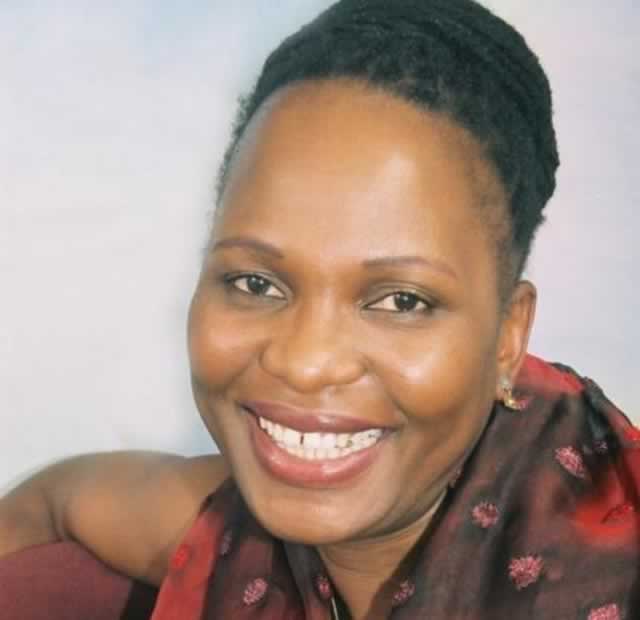
Sophia Chese Arts Correspondent
In an effort to contribute to the debate about the need for a unique national dress in the country, local designer Hesphina Rukato is set to launch a clothing line that could represent the country’s identity.
Made up of indigenous cotton, Rukato’s cloth designs feature some of the country’s important symbols and colours including the Zimbabwean bird. In an interview, Rukato she was inspired to come up with the initiative after having toured different countries and realised that Zimbabwean people did not have a known identity in terms of dressing.
“I have been to different countries and I have realised that almost every other country has its own identity in terms of dressing, a situation that is different from our situation in Zimbabwean.
“We attained our independence 35 years ago and since then as Zimbabwe we are still ‘naked’. We do not have anything that we can be identified with as a people. Recently the president decided to remain in his suits than to put on Indian attire, a situation that is so embarrassing. If we had our own fabric, our own national dressing, he would have proudly dressed in the country’s national attire,” she said.
She highlighted that the national fabric will also be part of the country’s history. “The national fabric will work as a tool that defines Zimbabweans as a people while remaining linked to our past, it will be like a national statement about our culture, history and what many symbols meant to Zimbabweans, what they mean now and what they will mean in the future,” she said.
Rukato also pointed out that the fabric will come in different designs that will suit Zimbabwean people from different backgrounds and age groups.
“It’s a single fabric design that represents all Zimbabweans and this fabric can be used as a unifying tool across cultures, industries and age groups,” she said.
The fabric has the chevron pattern which Rukato said kings’ wives used to wear.
“Well known as the default Zimbabwe pattern, whenever you are asked to put an ethnic African touch to a design the chevron pattern will most likely come up in the conversation. It was a dedication to the kings’ wives who stayed at the great enclosure. It represented fertility in women. Fertility was a status symbol, having many children was prestigious.”
She added that it also have the chess board pattern which is used to symbolise interdependence in a society.
“The chess board pattern symbolised interdependence between members of this same society.
“Of these patterns, only the chevron was found at Great Zimbabwe, the rest are found elsewhere. It seems all these patterns were never just for aesthetics but were functional in stating facts and telling stories,” she said.
Rukato is set to exhibit the fabric at national gatherings soon

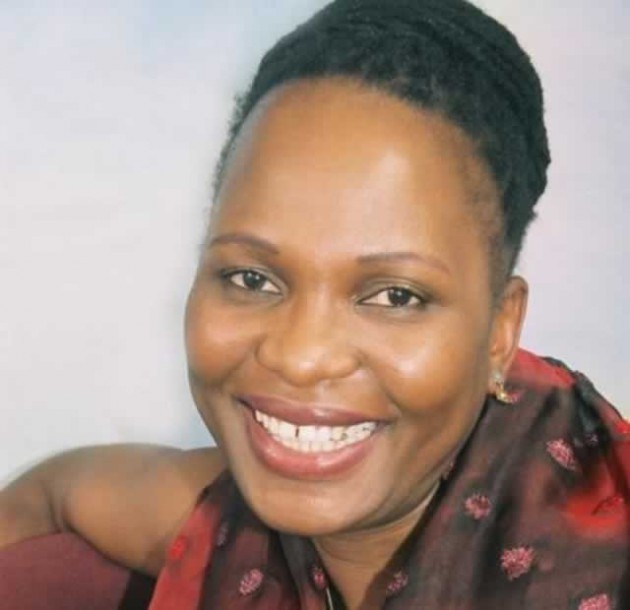
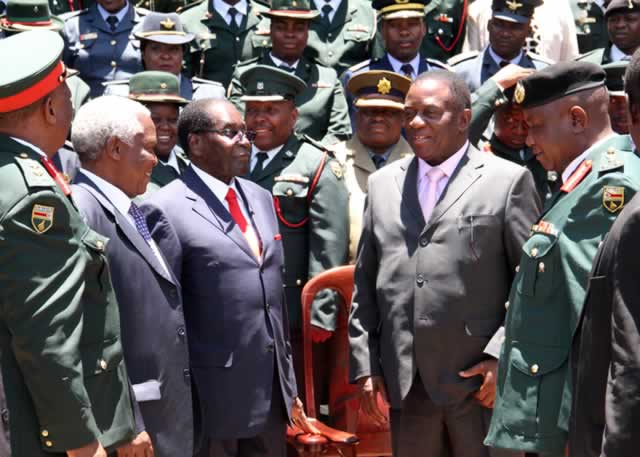


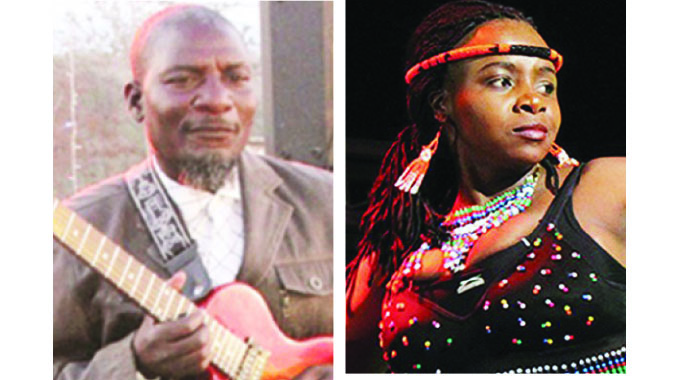
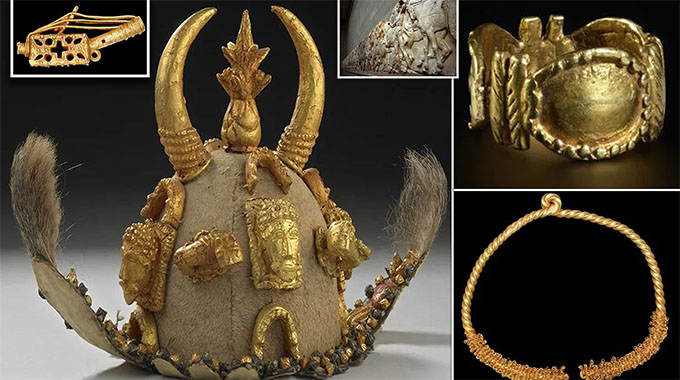

Comments